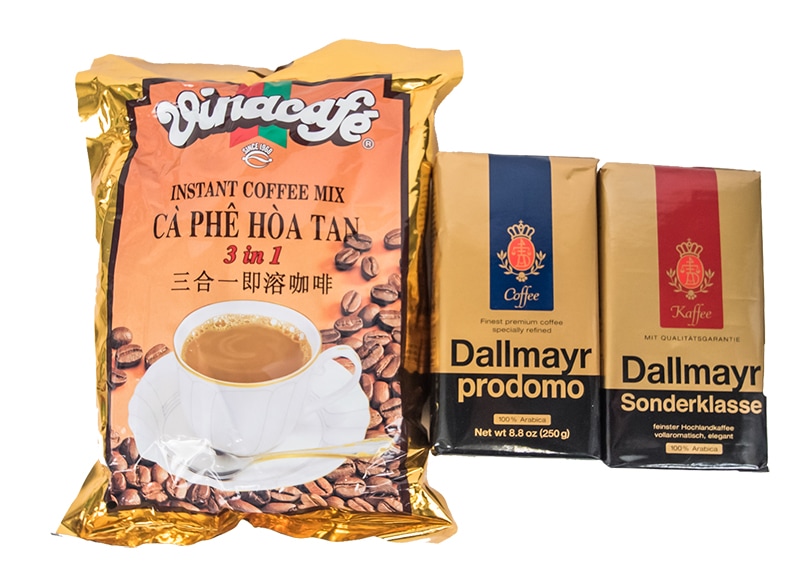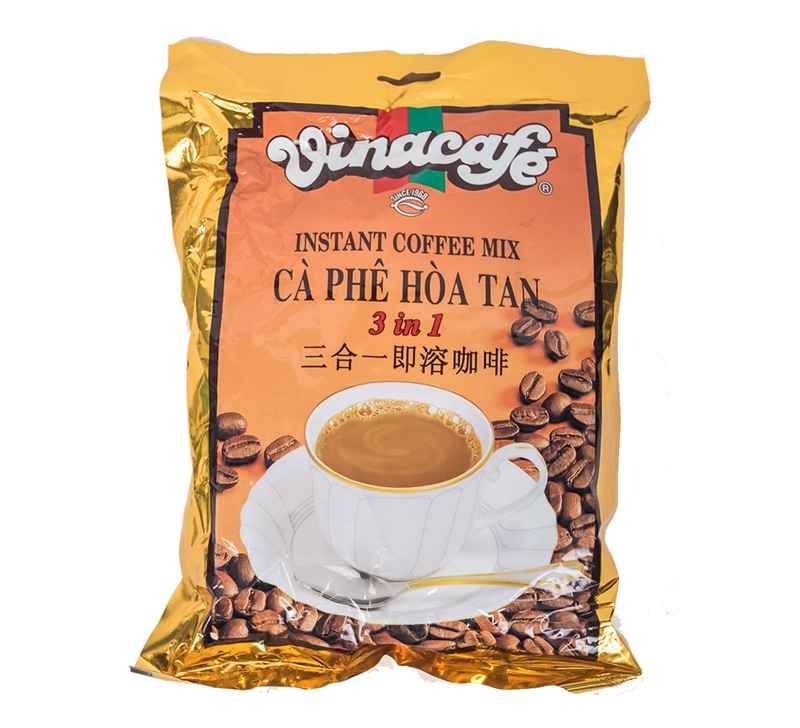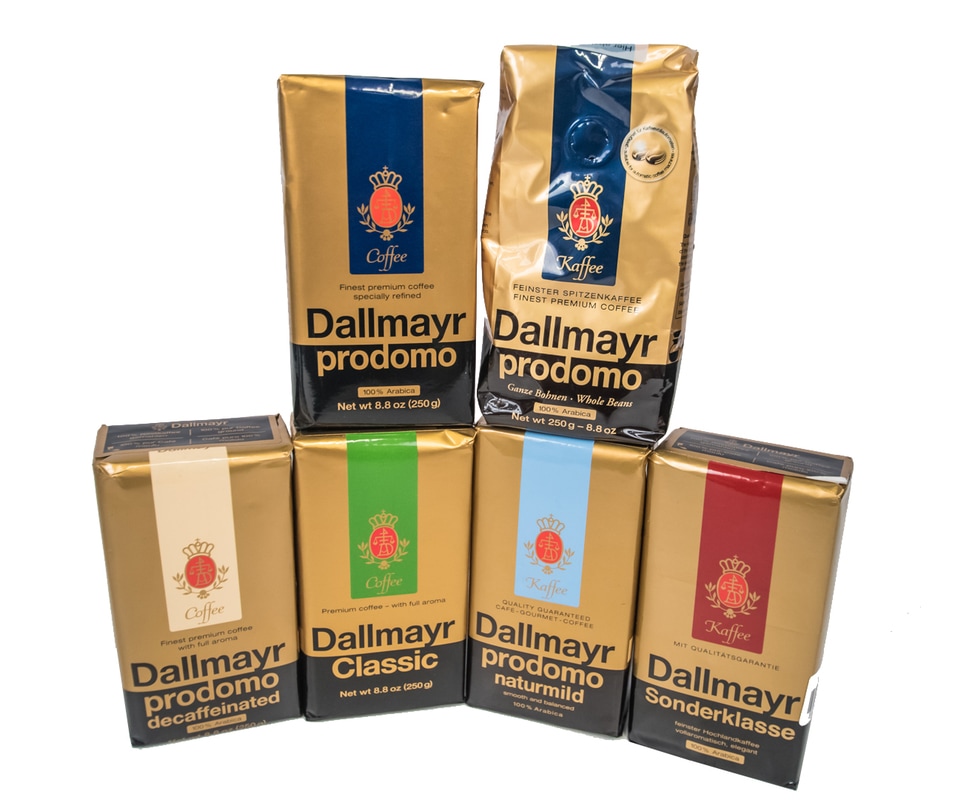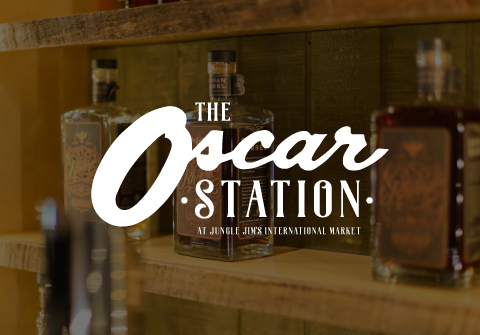
Discoveries at the Jungle: Coffee Month!
Back to feed- Posted: 2/1/2017
- Categories: Discoveries at the Jungle
Some History
Coffee is thought to have been discovered around the 9th or 10th century when an Ethiopian goat herder named Khaldi noticed that his normally lethargic goats were more excitable after they had nibbled the red berries from an evergreen tree. Khaldi took the berries to a Muslim holy man, who turned the raw fruit of the coffee tree into the delicious beverage.
Widespread coffee cultivation and trade began on the Arabian Peninsula around the 15th century. Shortly after, it started spreading to Persia, Egypt, Syria and Turkey. By the 17th century it had arrived in Europe and quickly became very popular across the continent. Coffee houses started popping up around the world at this time, becoming a center of social activities around the Middle East and Europe. By the mid 1600’s coffee finally made it to the “new world.” Even though coffee was becoming very popular, tea was still the most popular drink in the world. Coffee’s popularity exploded in America after the 1773 tea tax imposed by King George III and the Boston Tea Party took place. From that point forward coffee was king in North America.
Today, worldwide production of coffee is at 8.9 million tonnes a year with Brazil, Vietnam and Indonesia being the top three producers. Coffee is the second most traded commodity in the world, only bested by oil.
What It Actually Is
There are two types of coffee beans: Arabica and Robusta. Seventy percent of coffee beans are Arabica. Although less popular, Robusta is slightly more bitter and has twice as much caffeine.
Coffee beans are typically hand picked from the stems in their fruit form. From there they are passed through a pulping machine to separate the skin and pulp from the bean. They are then separated by weight by floating the beans in water. The beans are placed in fermentation tanks for 12-48 hours to remove a layer of mucilage and then dried out in the sun. Once dried, the beans are processed further to remove the remaining skin from the fruit and then are sorted and graded before being exported. At this point the coffee is known as “green coffee.”
The Coffee You Know
Coffee takes on it’s dark look after it’s roasted. Most beans are roasted at about 550 degrees Fahrenheit and are constantly kept moving through the entire process to keep them from burning. Once the beans hit 400 degrees internally they begin to turn brown and the oil inside the beans begins to emerge. This is where the flavor and the familiar aroma of coffee comes from. Once cooled, the coffee is ready to be ground and brewed for your enjoyment!
Vinacafe Instant Coffee Mix – Vietnam
|
Vinacafe was established in 1969 by French engineer Marcel Coronel with the aim of providing inexpensive coffee for export to France. By 1993, Vinacafe was exporting coffee to over 60 countries worldwide. By 2005 Vinacafe’s share of the domestic instant coffee market grew to 50%.
“Each packet is like a shot of espresso; with a little creamer and sugar, so you can have a nice full bodied taste without the bitterness.” It actually tastes more like hot chocolate than it does coffee. |
Did you know: Coffee is the second most traded commodity on earth, second only to oil.
|
Dallmayr is one of the best known coffee brands in Germany. They roast approximately 57,000 tons of coffee every year. They also boast over 115 different types of tea.
“This premium blend of mild Arabica beans provides a balanced aroma and fine flavor.The secret behind the unmistakeable character of Dallmayr coffee lies in the raw beans. They use only exceptional highland varieties from the finest growing regions in the world. They obtain the majority of their coffee from Ethiopia, Papua New Guinea, Colombia and Brazil.” |
Did you know: Starbucks opened in Seattle in 1971. In 2010, it boasted revenues of $10.7 billion and 16,850 stores in 40 countries, making it the world’s top coffee retailer. Starbucks offers over 87,000 possible drink combinations.





